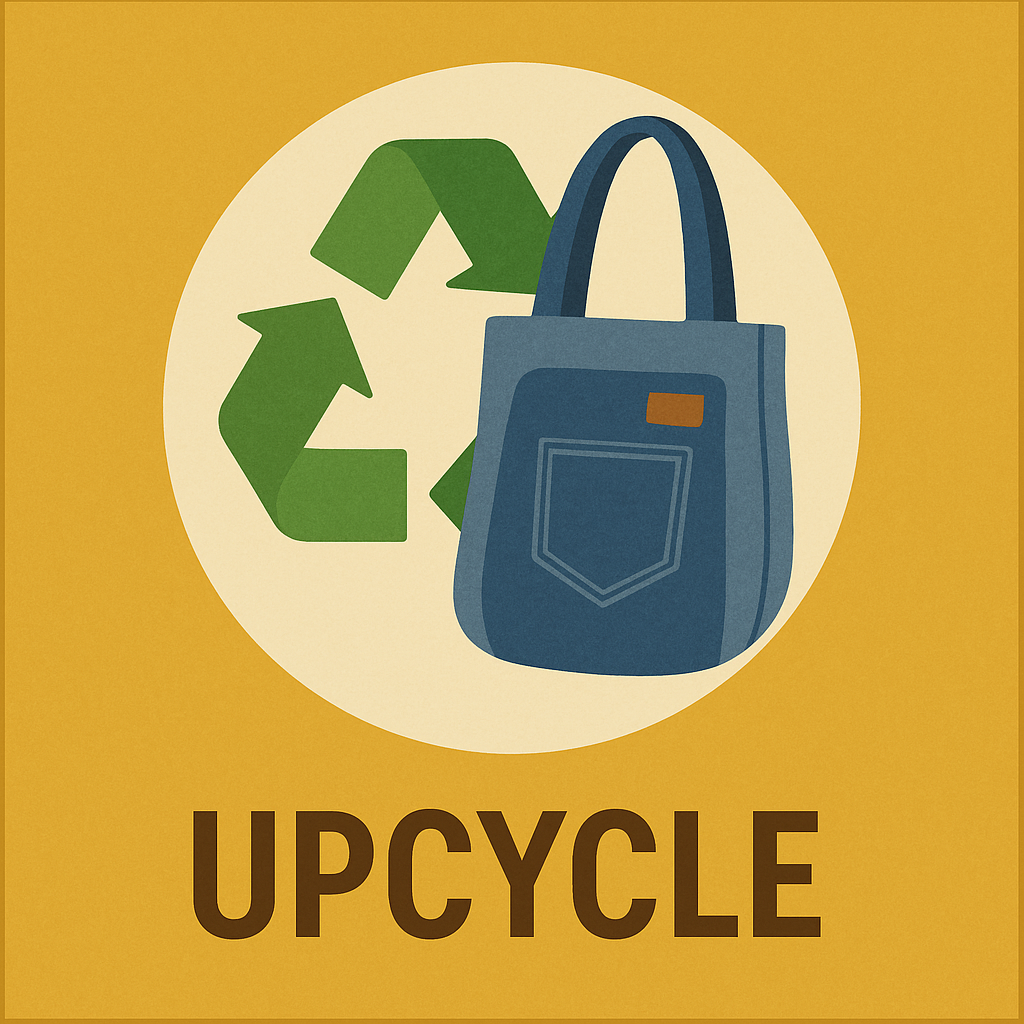Fara Taraie, an architect based in Japan who specializes in sustainable building design, is dedicated to minimizing waste and creating systems that ensure a sustainable cycle for building materials.
The building in Tokyo's Nihonbashi, for which she oversaw the interior design and overall aesthetics, reflects her meticulous attention to detail and has gained recognition as a new hub for global startup companies.
”What does it mean to build sustainably?” We spoke with her to explore this topic, including the challenges faced in Japan.
Pandemic as the Catalyst for Office Establishment
Fara Taraie, the founder of Matinno was born in the Middle East and raised in Europe and Asia, including Japan. She graduated with a Master’s degree in the Department of Architecture Graduate School of Engineering at the University of Tokyo in 2012. Fara is an expert in sustainable design and intelligent city development in architecture. She has contributed to numerous projects in the field of sustainability. In 2020, she founded her own company “NewNormDesign”. She also has experience serving as the country manager for ImpacTech Japan, an NPO which aims to promote social change and innovation in Japan. She has successfully led five programs over the past three years, focusing on startups related to SDGs and ESG initiatives with support from the Nippon Foundation.
-First, could you share more about your career and business?
I was born in the Middle East but spent much of my life in Europe due to my family's work. In Japan, I pursued my studies in architecture at university, supported by a scholarship. Architecture captivated me because it allowed me to integrate all of my interests.
My expertise lies in structural design, with a focus on creating resilient buildings using minimal materials. I have a strong connection to nature and strive to develop designs that blend seamlessly with the environment. I also deepened my knowledge of sustainable materials through online courses at European universities.
-What impressions did you have when you came to Japan?
In Europe, you can find cities that have preserved their beauty for over a thousand years. One of the things that disappointed me about Japan was the lack of emphasis on preserving buildings. The rapid cycle of construction and demolition generates significant waste.
Through my previous work, I assisted with the Nippon Foundation’s startup support programs and connected with many startups aiming to solve social issues. However, during the COVID-19 pandemic, networking and events came to a halt. Offices were left empty, with only air conditioning and lights running. Faced with questions about what to do next, I founded NewNormDesign (NND) in 2020, an architecture firm with a focus on sustainability and sustainable construction.There is a statistic that the construction industry accounts for 40% of global energy use. At NND, we aim to design buildings that minimize environmental impact as much as possible.
Challenge of Transforming Mindsets
-With the increase in vacant offices during the COVID-19 pandemic, what challenges emerged, and how did you address them?
Challenges piled up, such as elevators running in empty buildings, deciding whether to adjust office layouts to enhance efficiency when the number of employees commuting was cut in half, determining if there were differences in power consumption across floors, and whether it would be more efficient to consolidate employees into one area. Additionally, there was the issue of waste generated during the demolition of office ceilings.
Addressing these challenges was difficult because decisions regarding office design and post-completion operations involved numerous stakeholders within companies, which delayed decision-making and made it hard to reach a consensus. In Japan, people tend to be adept at identifying problems, but they often struggle to move forward from there. In contrast, in other countries, if someone points out a problem, they are expected to propose a solution as well.
-Do you think Japan’s delay in sustainability initiatives stems from such weaknesses?
What I always emphasize is that we should aim for improvement, even if it's just 1% at a time. We don’t need to do everything at once; gradual progress is perfectly fine. The important thing is to start now. If you improve by 1% today and 1% tomorrow, in a year, you’ll have achieved 370% progress. For instance, when incorporating sustainability into buildings, it’s crucial to adopt a mindset that focuses on even one sustainable element at a time using existing materials. Without this incremental approach, we’ll never reach the sustainability we envision
-Have you noticed a change in your clients' mindsets?
Yes, I believe there has been quite a shift. Even those who showed no initial interest have started to engage with the concept of sustainability. Together with clients, we created a guidebook on sustainable design, which includes details on design principles, concepts, and the selection of materials. The primary concern for clients is often cost. I explain to them that it's not just about the immediate expense, but looking at the outcomes 50 or even 100 years into the future.
Design Concept of the New Nihonbashi Building: 'Old + New'
The building's owner consulted me on whether to demolish or renovate the structure, which was over 50 years old. I believed it would be wasteful to tear it down, so we decided to preserve its history while giving it a modern renewal.
The design concept was 'Old + New.' We utilized the existing building as much as possible, leaving walls and ceilings intentionally exposed to reduce waste during interior construction. Sustainable elements included the use of 'Yanagawa shell lime plaster(a traditional Japanese plaster made from recycled seashells)' made from seashells, and upcycled furniture crafted from discarded materials. We were committed to a sustainable approach in every aspect of the design, and remarkably, this was achieved with minimal costs.
There are also creative touches in the art used for the interior. We preserved the artwork that had been painted on the walls by the previous tenants as part of the décor. Using a smartphone app, visitors can point their phones at the artwork to see it transform into moving digital art, showcasing startup technology. The blend of the old and new creates an intriguing contrast.
We repurposed a solid wood slab that was once part of a sushi restaurant counter and was set to be discarded. It is difficult to get since it is rare lately.The large window panes are also valuable—thick, high-quality glass that is no longer produced today. We try to preserve these elements as much as possible. Here, even the walls and furniture serve as art pieces.
-How did you utilize the space?
The second to fourth floors house 'NEXTHUB,' a shared office space for global startup companies, with the fourth floor serving as an event space. At the cafe, we serve coffee which is environmentally friendly made in Guatemala.
I hope that people can use the space flexibly for contributing to the creation of business communities for entrepreneurs and global talent, both domestic and international.
The more rigidly you define a space’s purpose, the more likely it is to change over time. Since it is uncertain how long this building will continue to be used as an office, I envision various ways it can be utilized to keep the flexibility high and allow for adaptations. The second floor, for example, can be used as a gathering space or for meetings and can accommodate around 30 people for events. There’s also a storage area that can be repurposed as a gallery.
Although the first floor is primarily a retail space, it unexpectedly serves as a gathering place for events and other activities. A large table is set in the center of the café, allowing it to transform into a bar-like space in the evenings, playing a role in fostering business-oriented communities.
When I first took on the building, it was in a bare-bones state. I think it looks more stylish when the structure is exposed. Adding a ceiling would have made the space feel lower. The steel structure of the ceiling was originally painted red, so I repainted it gray to match the building’s aesthetic.
One of the key aspects of sustainable design is making use of what is already there as much as possible. If we were to change everything to suit our preferences, nothing original would remain. There’s no need to use new materials in areas where they aren’t necessary."
-Did you get any specific requests from the building owner?
The request was more like, 'We trust you, Fara.' The primary goal for the building was to support the creation of a community for global startup companies, which allowed me to leverage my experience in assisting many startups. It is an office, but it doesn’t feel like a typical office space. Since it is so comfortable, the owner himself occasionally uses the building.
Not for Human, But for the Planet
-With sustainable architectural design, are there any other key points?
There are many, but one essential perspective I emphasize is that we should think of building not just 'for humans' but 'for the planet.' This approach is known as 'Planet-centric Design.' Humans are just one player on Earth, and we must constantly consider how our actions impact the environment.
I think that sustainability involves both hard and soft aspects. While it is important to focus on individual elements like materials, energy, and waste, we should also consider the 'soft' side—how the building is used. The most crucial point is creating buildings that people love. If a building is cherished, it will be maintained and protected for years, avoiding demolition.
Another critical point in sustainability is looking beyond the present and envisioning the state of the building 20 or 30 years into the future. Designers must anticipate what new technologies might emerge and how to integrate them. For instance, we are now using sensors to track which rooms have the most lighting usage. In the past, such sensor technology would have been unimaginable, yet designers must be able to envision these scenarios.
One topic gaining traction among startups is where to place electric vehicle chargers. Traditional parking lots designed with no extra space for gasoline vehicles are not equipped to handle this shift. Designers need to anticipate the future of automobiles and create flexible spaces with buffer zones to adapt to these changes.
-Are there any examples of architecture that you believe truly embody sustainability?
The MONA (Museum of Old and New Art) in Tasmania comes to mind. It is a memorable museum where nature, architecture, and art are seamlessly integrated. It is cherished not only for its design and beauty but also for its sustainability. In Japan, I would say the Stone Church in Karuizawa is a good example.
Mattino: A Hub of Sustainable Building Materials
-Lastly, I understand that you developed 'Matinno,' a platform aimed at enhancing the sustainability of building materials with an eye toward the growth of the circular economy. Could you tell us more about it?
'Matinno' is derived from the words 'Material' and 'Innovation.' Our development team consists of eight members. As I’ve mentioned, the level of waste in Japan is significant. For example, ceiling panels installed for inspection purposes are often discarded once the inspection is complete. Additionally, 10% more materials are typically ordered as a backup in case of mistakes, and any leftovers are incinerated. 'Matinno' was created to avoid such waste. We started by reaching out to companies that share the same commitment to sustainable materials.
Changing mindsets is quite challenging. However, if people can easily search for the types of materials they are using and understand the carbon dioxide emissions associated with them, they will realize how wasteful their practices might be.
For example, we compiled a list of carbon-negative materials. Designers can easily access information on which sustainable materials are used and where, and place orders accordingly. Additionally, by registering information on surplus or soon-to-be-discarded materials, those who need them can find and utilize them.
-Is it fair to say that visualization is the first step?
Exactly. It is about digitizing data on sustainable materials. We believe this will help reduce the burden of upcycling and recycling, minimize resource waste, cut down carbon dioxide emissions, and contribute positively to society.
-Thank you very much.
NewNormDesign:Projects | NewNormDesign






